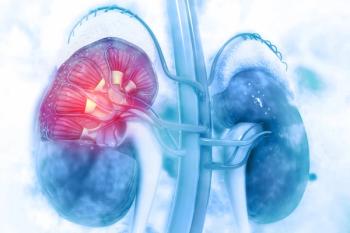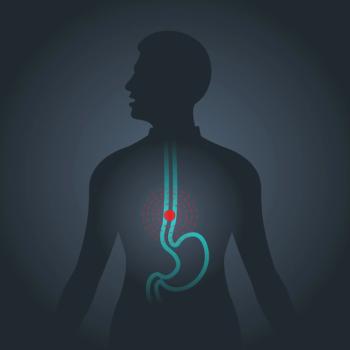
Miami Breast Cancer Conference® Abstracts Supplement
- 41st Annual Miami Breast Cancer Conference® - Abstracts
- Volume 38
- Issue 4
- Pages: 11-12
8 Using a Liquid Biopsy Mediated Approach for Determination of HER2 Amplification Status in Patient Samples
Background
The amplification of HER2 occurs in approximately 15% to 30% of breast cancers and serves as a therapeutic and prognostic biomarker. To date, the determination of HER2 status relies on invasive, tissue-based fluorescence in situ hybridization (FISH) and immunohistochemistry (IHC) approaches. However, this HER2 signature can change over time and is heterogeneous across disease sites. A sensitive, noninvasive approach could guide therapy selection and response evaluation. Here, we provide a circulating tumor cell (CTC)–based HER2 amplification analysis of patients with biopsy-proven HER-positive (FISH+, IHC 3+), HER2-low (FISH-, IHC 1+ or 2+), or HER2-null (FISH-, IHC 0) breast cancer.
Methods
Whole blood was collected from 27 consenting patients with biopsy-proven breast cancer, stages II to IV, with HER2 status identified by FISH and IHC per American Society of Clinical Oncology and College of American Pathologists guidelines. CTCs were isolated from whole blood via a microfluidic chip surfaced with antibodies for specific biomarker capture. CTCs were eluted from the microchip then deposited on a slide using cytospin and analyzed with specific reagent probes for HER2 and centromere 17. HER2 status via CTC analysis was compared with results from the most recent tissue biopsies (relative to CTC collection date).
Results
Of 27 patients with analyzed samples, 7 (25.9%) were HER2+, 14 (51.8%) were HER2 low, and 6(22.2%) were HER2 null. Eight (29.4%) had local disease and 19 (70.3%) had stage IV disease. Six of 7patients (85.7%) with HER2+ disease had positive HER2 amplification detection by CTC analysis. Five of 6patients (83.3%) with HER2-null disease had negative HER2 amplification detection by CTC analysis. Of interest, 8 of 14 patients (57.1%) with HER2-low disease had positive HER2 amplification detection byCTC analysis.
Conclusion
We were able to demonstrate the use of a novel, noninvasive method that could aid the identification ofHER2 amplification in patients with breast cancer. The results of this study compared favorably with those from tissue biopsy, though further study with increased sample size is warranted. Efforts are planned for comparing HER2 expression in CTCs via immunofluorescence with tissue-derived IHC results to better assess samples from HER2-low patients. Future directions include evaluating the differential response toHER2-targeted therapy based on CTC detection, especially in the HER2-low population, and serial monitoring of CTCs over the course of treatment.
Articles in this issue
Newsletter
Stay up to date on recent advances in the multidisciplinary approach to cancer.




















































































